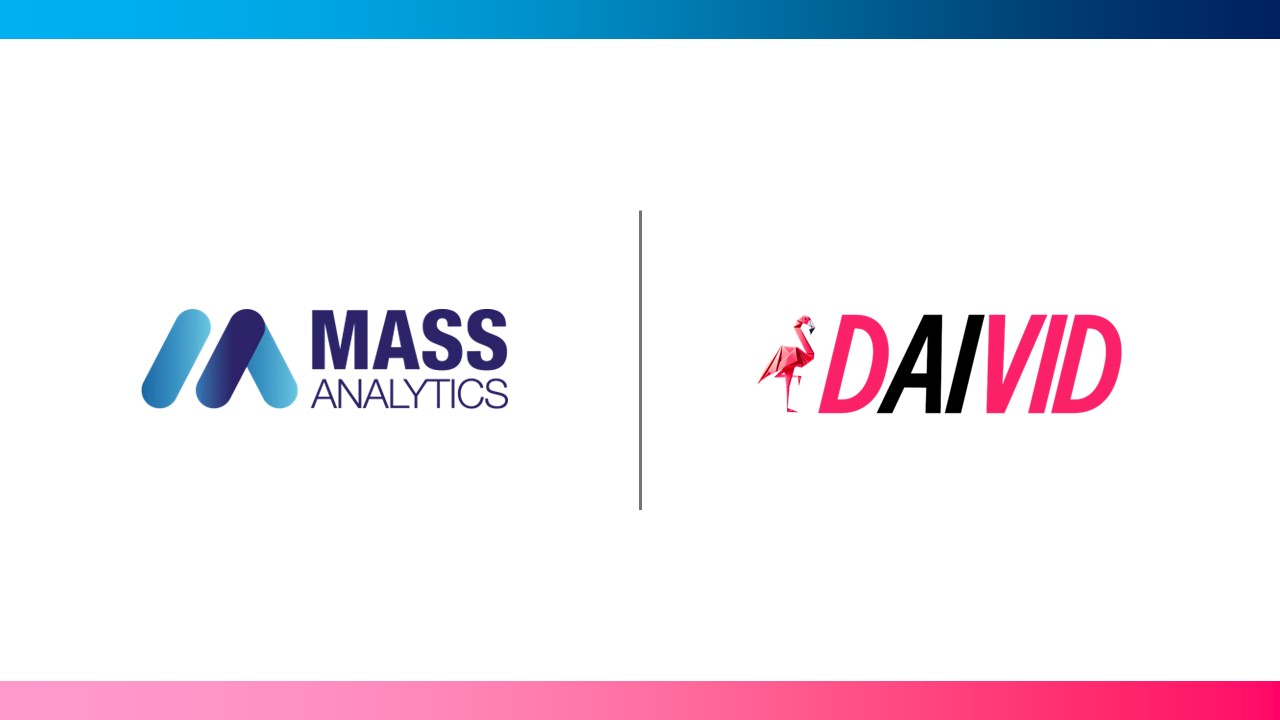Posted by Ramla Jarrar on Nov. 13, 2018
Immersed in the digital era and flooded by multiple streams of data, marketers turn to attribution and marketing mix modeling to have a better understanding of their performance and improve the effectiveness of their marketing efforts.
Embracing new measurement tools, methods and techniques is the way to gain momentum in today’s competitive landscape. This publication addresses the change of scenery in the field of Marketing Measurement and the observed trends that are now shaping the fast-moving analytics field.
Media ad spending rose by 7.4% in 2018, with digital media accounting for 43.5% of investments. As reported by eMarketer, the digital share of total advertising is expected to reach 50% by the end of 2020. In today’s world, digitalization is simply inevitable.
Advertisers are challenged by the accelerated change in media consumption, where the transition from offline to online is making it harder to measure the consumers’ exposure to media content and the impact it might have in shaping their journey and influencing their conversion.
The use of Marketing analytics is skyrocketing, rising thereby the demand for MTA and MMM providers as well as advanced software solutions for in-house adoption.
According to James Meyers, Sr. Principal Research Analyst at Gartner, a survey run across 359 CMOs and marketing executives in the U.K. and North America, showed that marketers with effective marketing technology are five times more likely to be effective at strategic planning, almost twice as likely to prioritize customer analytics and three times more likely to be effective at innovation.
Marketing mix modeling (MMM) and multitouch attribution (MTA) are the two main and common approaches used to estimate and disentangle the impact of media and marketing activities on key business drivers, assess return on investment (ROI) and consequently derive valuable insight for optimal budget allocation and simulation.
Marketing Mix Modeling is a top-down approach that relies on applying machine learning algorithms on aggregate data (as opposed to user-level), extract meaningful patterns from historical data and estimate statistically the relationship between a chosen KPI (usually referred to as a dependent variable or Target) and a set of attributes or explanatory variables ranging from a wide array of channels to additional factors like seasonality, competitors’ activities, coupons, promotional activities… Marketing Mix Modeling has the advantage to be fed with both digital and nondigital channels such as broadcast television, radio, Out Of Home. MMM is therefore capable of analyzing the impact of both media and non-media factors to capture the full impact of the marketing strategy.

MTA, on the other hand, is a disaggregated bottom-up method based on collecting, tracking and analyzing individual-data. Digital attribution relies on user events or “touchpoints” such as clicks or impressions to draw the full journey from the first contact to conversion. This path tracking is supported by dedicated techniques such as cookie-based technologies allowing to mark out the path of consumers.
For this reason, attribution is usually confined to digital channels.
MTA is particularly useful when most of the media used is digital and when conversion happens online. However, MTA is myopic to offline marketing efforts, as it mostly focuses on online channels which could result in inflating the performance of the latter by disregarding the synergies and cross-effects with offline channels resulting in an inaccurate digital attribution.
Few years ago, questions were raised regarding the possibility of Marketing Mix Modeling being swallowed up by MTA considering:
- The fast and growing transition into the digital world as 67% of CMOs are planning to increase spend in digital advertising –Gartner’s 2017-2018 CMO Spend Survey
- Individual-level data is meant to provide more granular and accurate insight to marketers as it is more of a consumer-centric approach when compared to MMM.
Nonetheless, recent regulations such as the European General Data Protection Regulation (GDPR) placed strict restrictions on the use of user-level tracking and the data it might generate. As a matter of fact, data privacy is one of the main concerns posed by the modern digital world. These regulations are creating higher walls to mainstream the use of MTA. Google and Facebook who captured 72% of Digital ad revenue in 2017 (Gartner- “State of U.S. Advertising 2017-2018) will not share their user-level data with advertisers. This will naturally create a gap in the tracked consumer journey for any MTA method. If we add to this the challenge of tracking individuals’ behavior across different devices and contexts, one can understand why MTA slid further down into the Trough of Disillusionment in Gartner’s “Hype Cycle for Digital marketing and Advertising, 2018”.
In contrast Marketing Mix Modeling was described in the same publication as a mature technology, standing at the Plateau of Productivity with mainstream adoption starting to kick in.
We do however believe that, these two methods could be used together to get the most out of a combined top-down and bottom-up approaches and gain more accurate measurement. MTA could for example be used to determine the contributions of digital channels (e.g. display advertising and paid search tactics) on online sales and use MMM to estimate the impact of those same activities on offline sales (e.g. stores) in combination with offline channels while measuring saturation and synergies. In this case the marketer will benefit from the high level/aggregated analysis provided by MMM while getting a detailed view of digital channels through MTA.
Another useful way to combine these approaches and that could potentially circumvent the privacy issues is to aggregate the attribution data into meaningful segments and apply MMM analysis to get a measure of the lift/incremental performance at the level of each segment. Technically, this could be performed by pooling the data related to each segment and estimate the impacts of marketing efforts at the segment level. This methodology will provide decision makers with more granular results that better depict the real response of customers and leads to actionable results at the segment level.






